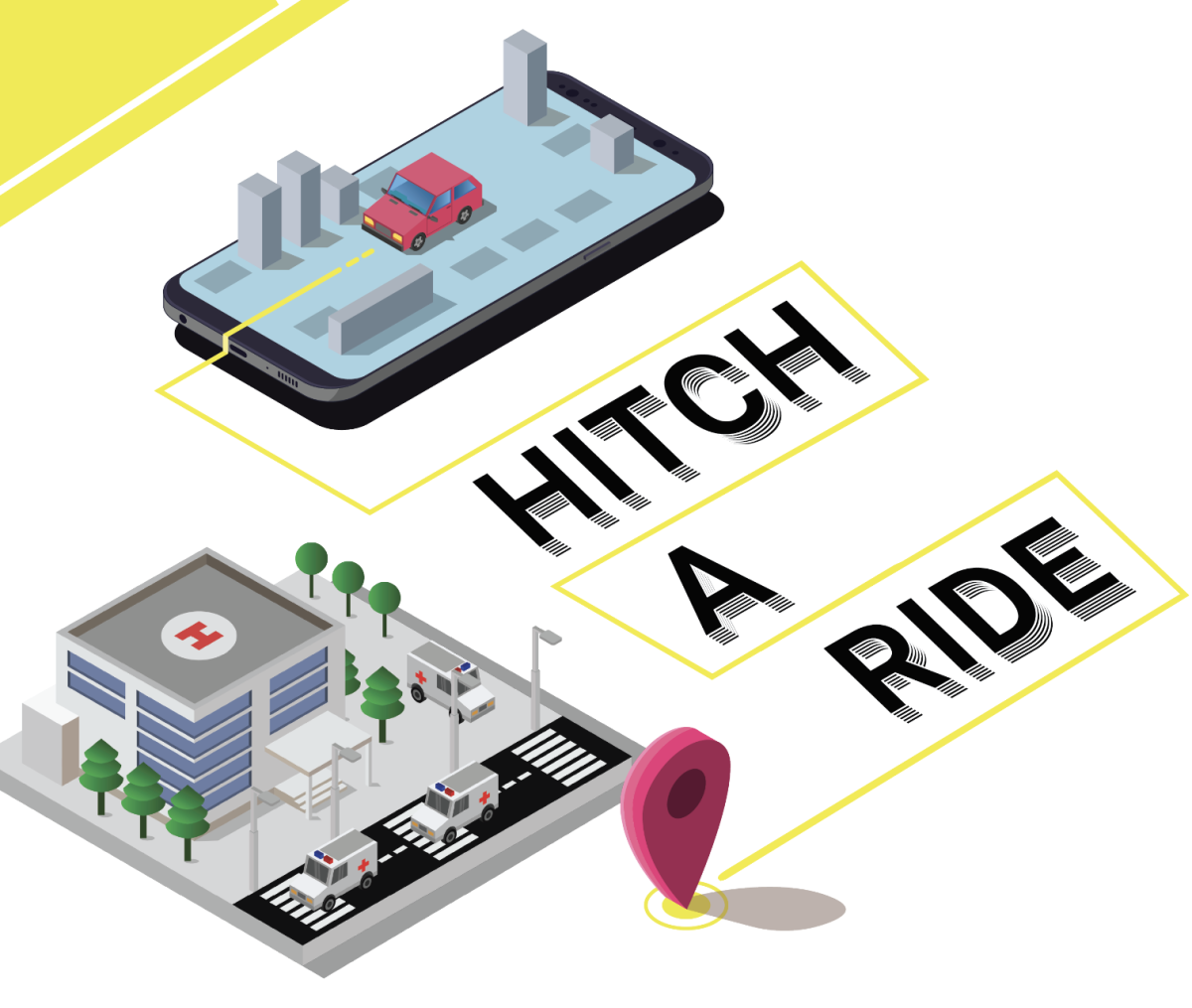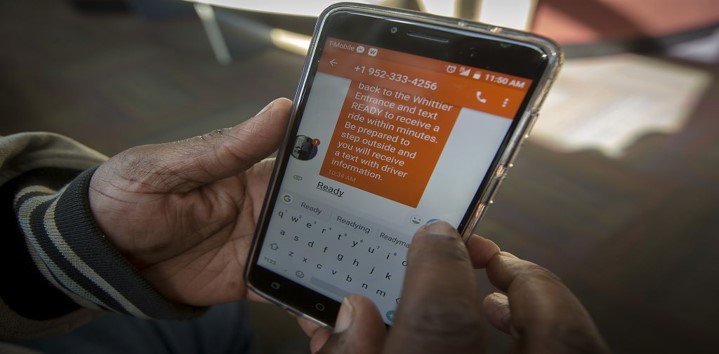Hitch a Ride

ISyE and Carlson School of Management researchers are teaming up with Hitch Health to determine how hospitals can cut down no-show rates for appointments.
Will free transportation incentivize low-income patients to show up for hospital appointments? This is one of the questions ISyE Ph.D. student Nate Witte and postdoctoral fellow Shihong Xiao have been considering.
Missed healthcare appointments in the United States are estimated to cost hospitals and clinics $150 billion every year, with nearly one out of every five appointments resulting in a no-show. There are multiple reasons for patient no-shows, but recent studies indicate that chief among them is lack of access to reliable transportation.
“Transportation is an impediment that hits low-income communities particularly hard,” says ISyE Professor Saif Benjaafar who has been working with Witte and Xiao on this project. “Access to healthcare has always been a challenge [for low-income communities], but we did not realize the extent to which it was exacerbated by access to transportation.”

This realization is what led to the inception of Hitch Health, a Minneapolis-based startup, which offers free transportation for low-income patients via a ride-hailing service. Because low-income patients often do not own a smartphone, Hitch Health’s automated service sends an SMS text to qualifying patients who need a ride. If the patient opts in, the patient is picked up shortly before their appointment and then picked up afterwards and dropped off at a destination of their choosing, all free of charge.
After a nearly two-year pilot—in collaboration with Hennepin County—that involved providing thousands of free rides to patients throughout the metro region, Hitch Health reached out to Benjaafar to ask for help assessing the effectiveness of the service, as well as for a deeper look into their data. “We wanted Saif and his team to analyze and validate the data we have and the results from our original assessment,” says Susan Jepson, co-founder of Hitch Health.
Benjaafar, Witte, and Xiao teamed up with Carlson School of Management professor Jason Chan, an expert in information systems who specializes in empirical research. The team carried out a comprehensive analysis of the available appointment and show-up data across multiple clinics, before and after the launch of the pilot.
"Can we further refine our prediction of which patients are most at risk for dropping out? Can we target these at-risk patients better?"
—Nate Witte, ISyE Ph.D. student
To assess the effectiveness of the service, the research team carried out what is known as a difference in differences (DID) study that contrasts treated and control patients. “Among the eligible patients, some utilized the ride-sharing service, while others did not,” says Xiao. “This allowed us to contrast the ‘takers’ with the ‘non-takers.’ The analysis revealed several interesting findings.”
Although the program reduced patient no-show rates by approximately 10 percent, the team found that this effect is short-lived. “For many patients, the effect is fleeting,” says Benjaafar. “They eventually stop using the service all together.”
To understand what might be causing this, the team carried out separate analysis for patients based on their frequency of making appointments. “We found that the service has a significant initial impact on the no-show rates for all patient groups,” says Chan. “But the impact is only long-lasting in patients with low appointment frequency.” A plausible explanation is that patients with frequent appointments likely suffer from poor health, which prevents them from using the service. “Understanding how poor health stands in the way of using the service will be important for increasing its reach,” says Xiao.

The research team also found that patient demographics can influence the impact on no-shows. “The service is more effective in reducing no-shows for younger and English-speaking patients,” says Witte.
“Language can be a barrier for using the service,” adds Xiao. “To improve user retention, offering multiple language options, providing translation services, or matching a patient with a driver who speaks the same language could be considered.”
Witte is also eager to search for solutions to better meet the needs of all potential users. “I hope to dig a little deeper into the ‘why,’” he says. “Why do patients stop using the service? Can we further refine our prediction of which patients are most at risk for dropping out? Can we target these at-risk patients better?”
"By providing free transportation to low-income individuals, we are protecting their rights to equal healthcare service, voting, and other civil rights that constitute a healthy, happy, and high-quality life."
—Shihong Xiao, ISyE postdoctoral fellow
The research team also sees new opportunities for a service like Hitch Health beyond healthcare. “The same intervention could improve access to other social services,” says Witte. Jepson agrees; she wants to one day see Hitch Health offering users a ride to work, grocery stores, the pharmacy, the courthouse, and even to polling places to vote.
Benjaafar, Chan, Jepson, Witte, and Xiao feel equally optimistic about exploring these and other ways transportation access can level the playing field for everyone.